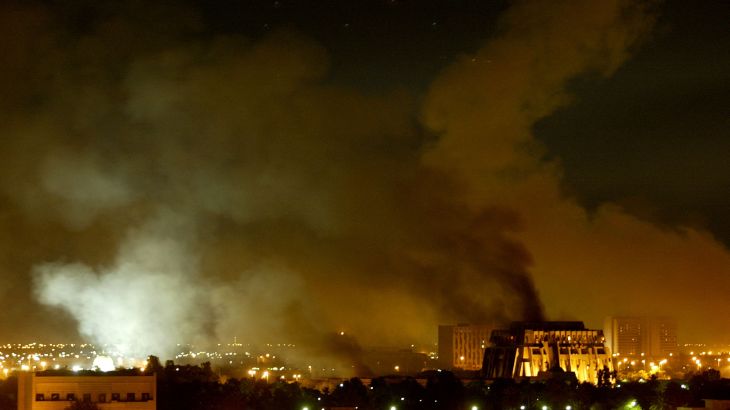
What is the legacy of the US-led invasion in Iraq?
On Monday, Wednesday March 15 at 19:30 GMT:
It’s been nearly 20 years since the 2003 U.S.-led invasion of Iraq ushered in an enduring period of chaos and devastation. As attention on the country wavers in and out of focus, the anniversary marks an opportunity to reflect on the significance of the invasion and its ongoing effects. While the initial claims to support the invasion have long been discredited, Iraqis continue to live with the enduring legacy of invasion, occupation and conflict.
Conceived partially under the guise of democracy-building, the invasion was launched on the heels of an era of crippling sanctions following two wars that were not long in the nation’s rear-view mirror. At the time, citizens had been living under the brutal and authoritarian rule of then President Saddam Hussein for over two decades.
While many Iraqis celebrated the ousting of the former President, his removal was followed by a power vacuum that resulted in civil war, sectarian division, the rise of ISIL and the increased influence of Iran.
The Costs of War initiative at Brown University reports that more than 300,000 Iraqi civilians have likely died “from direct war related violence”. The US officially withdrew its forces in 2011, but an estimated 2,500 soldiers remain in the country to assist with ongoing efforts to combat ISIL.
While conflict, loss and instability have characterized the last two decades, in recent years Iraq has seen a rise in civic mobilization with the emergence of mass protests, environmental advocacy and a movement for women’s rights.
In this episode of The Stream, we’ll discuss the legacy of the 2003 U.S.-led invasion on life in Iraq.